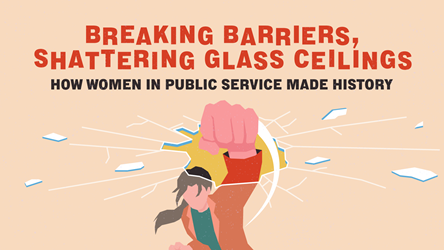Reliving the Past
The Last Battle

Left: Lieutenant Adnan bin Saidi led the 1st and 2nd Battalions of the Malay Regiment to fight the Japanese on Bukit Chandu on February 13, 1942. Top Right: Bronze statues of the Malay Regiment’s 3-inch mortar team at Reflections at Bukit Chandu. Bottom Right: Visitors can peer into the “Well of Reflections” to see the reflection of an overhead diorama depicting several scenes of the battle.
If you drive along Pasir Panjang Road, keep an eye out for Pepys Road, a small lane that leads up a hill known as Bukit Chandu. This was where a fierce battle was fought between the Japanese soldiers and the Malay Regiment on February 13 and 14, 1942 during World War II. It was the final stage of Japan’s invasion into Singapore.
Situated on high ground, Bukit Chandu was a key defence position overlooking the island to the north. If the Japanese soldiers gained control of the Pasir Panjang ridge, they would have direct passage to the Alexandra area where the British ran a military hospital and stored their ammunition and supplies.
The 1st and 2nd Battalions of the Malay Regiment put up a strong defence but was outnumbered. Led by Lieutenant Adnan Bin Saidi, the 1,400 soldiers battled with some 13,000 Japanese troops. When they ran out of ammunition, the soldiers resorted to hand-to-hand combat, stubbornly refusing to surrender. When captured, Lieutenant Adnan was tortured and hung by the feet on a tree and bayoneted to death after refusing to strip his uniform.
Today, a World War II interpretative gallery of photographs, oral history interviews and audio-visual clips, commemorates the courage, tenacity and sacrifice of the Malay Regiment.
Reflections at Bukit Chandu
Address: 31-K, Pepys Road, S (118458) Tel: 6375 2510
Admission: $2
Website
Factory of Fear
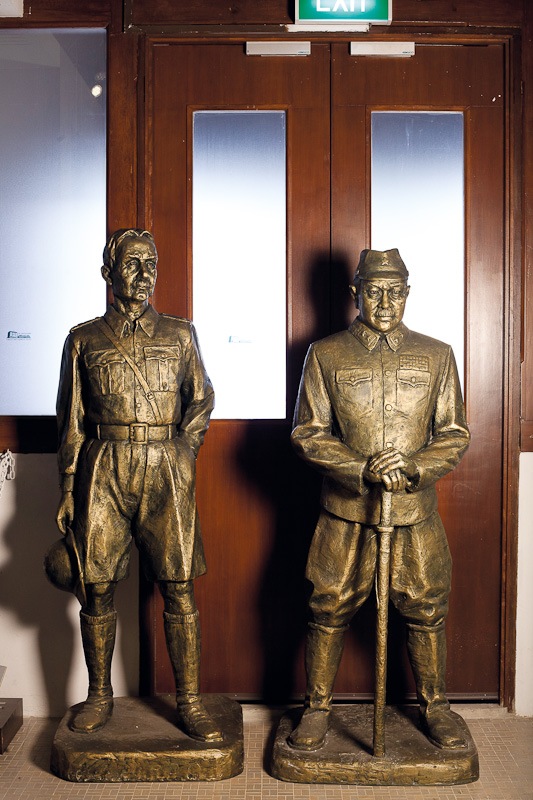
Bronze statues of Lieutenant- General Arthur Ernest Percival (left) and Lieutenant-General Yamashita Tomoyuki at Memories at Old Ford Factory.
You might miss it if you weren’t looking out for it. This nondescript building situated along Upper Bukit Timah Road (originally known as the Ford Motor Factory) was the first Ford vehicle assembly plant in Southeast Asia. Before the Japanese Occupation, the British Royal Air Force used the factory’s modern assembly equipment to assemble fighter aircraft and military vehicles.
It was here that the British General Officer Commanding (Malaya), Lieutenant-General Arthur Ernest Percival, surrendered to the Japanese Commander of the 25th Army, General Yamashita Tomoyuki, on February 15, 1942.
During the Occupation, General Yamashita used the factory to produce trucks and other military vehicles for military campaigns. Prisoners of war were also tortured here when part of the factory became the Japanese headquarters. In 1947, the Ford Motor Factory resumed operations and was shut down when the company left Singapore in 1980.
Gazetted as a national monument in 2006, the building was restored and now has oral history narrations, artefacts, photos and documentaries that pay tribute to those who underwent the Japanese Occupation.
Memories at Old Ford Factory
Address: 351, Upper Bukit Timah Road, S(588192)
Tel: 6332 7973 Admission: $3
Website

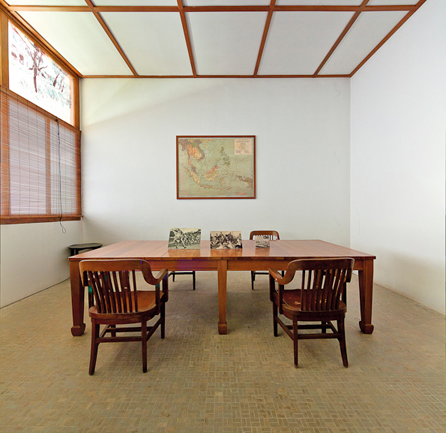
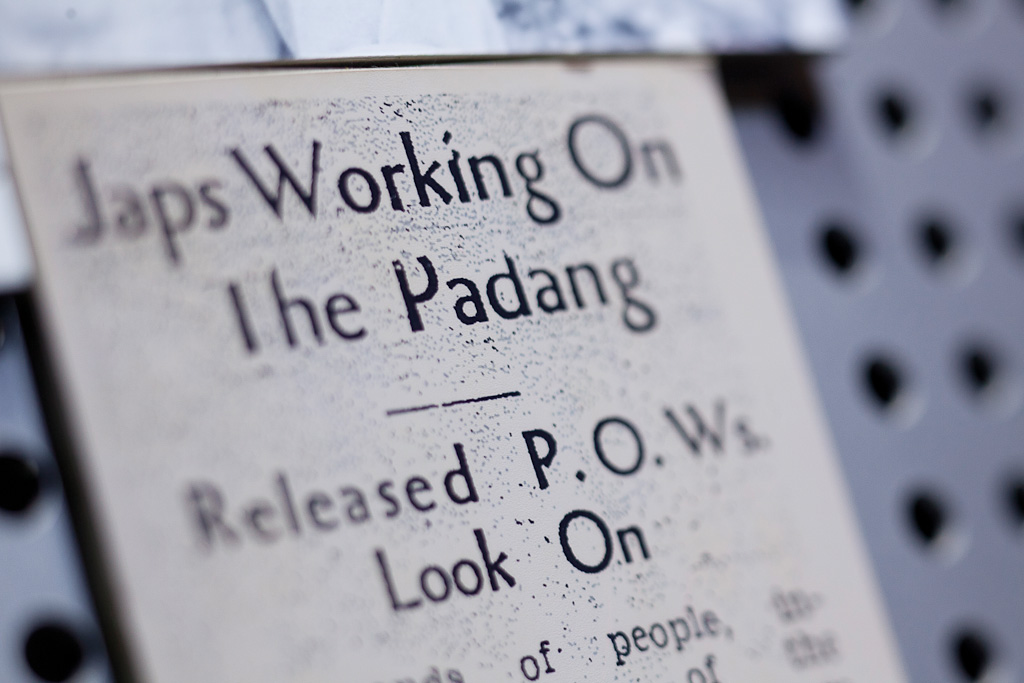
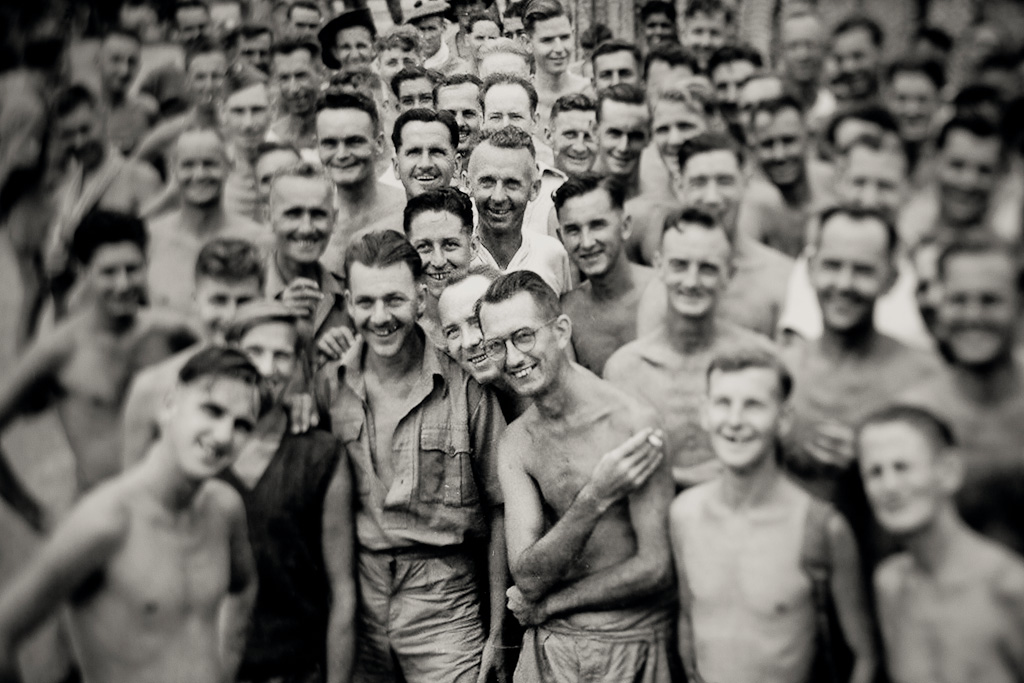
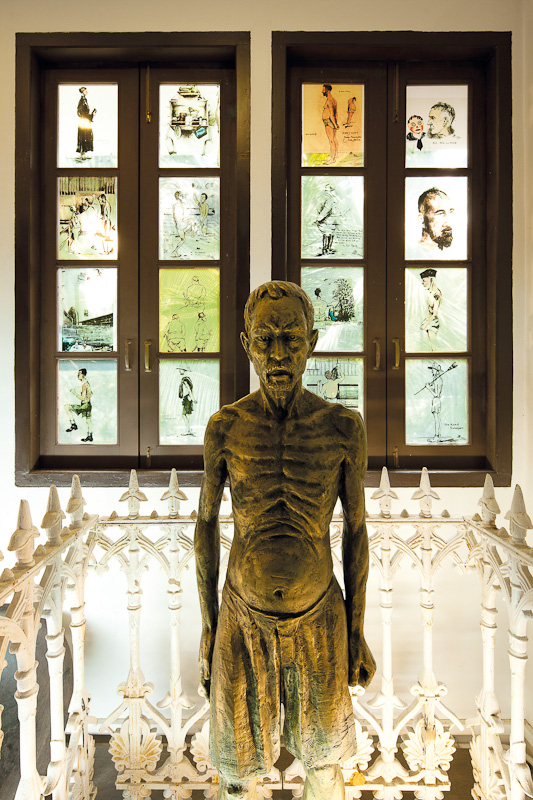
Trivia
- Bukit Chandu is the Malay term for “Opium Hill” as there was an opium-processing factory at the foot of the hill.
- During the battle of Bukit Chandu, the Malay Regiment fought at the ratio of one Malay Regiment soldier to about 10 Japanese soldiers.
- At the Battle of Bukit Chandu, the Malay Regiment soldiers were able to see through the Japanese troops disguised as Punjabi troops from their marching formation – the Japanese soldiers were marching in a line of four while Punjabi soldiers always marched in a line of three.
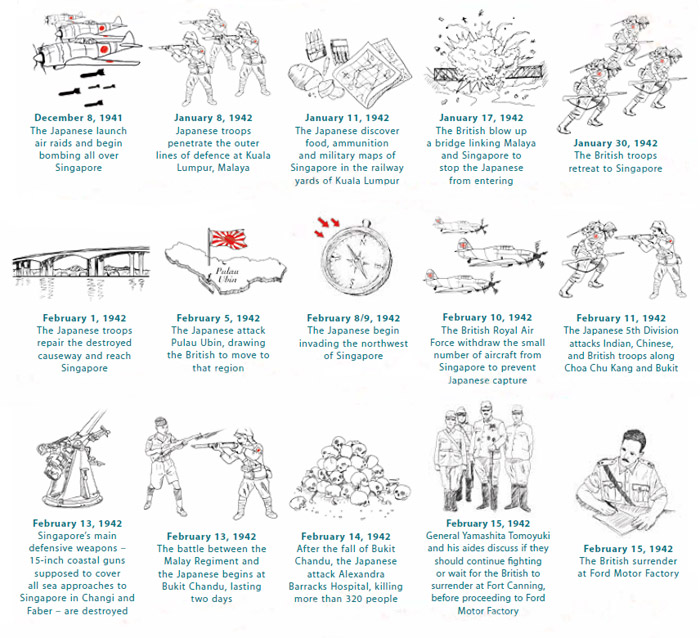
Milestones
December 8, 1941
The Japanese launch air raids and begin bombing all over Singapore
January 8, 1942
Japanese troops penetrate the outer lines of defence at Kuala Lumpur, Malaya
January 11, 1942
The Japanese discover food, ammunition and military maps of Singapore in the railway yards of Kuala Lumpur
January 17, 1942
The British blow up a bridge linking Malaya and Singapore to stop the Japanese from entering
January 30, 1942
The British troops retreat to Singapore
February 1, 1942
The Japanese troops repair the destroyed causeway and reach Singapore
February 5, 1942
The Japanese attack Pulau Ubin, drawing the British to move to that region
February 8/9, 1942
The Japanese begin invading the northwest of Singapore
February 10, 1942
The British Royal Air Force withdraw the small number of aircraft from Singapore to prevent Japanese capture
February 11, 1942
The Japanese 5th Divisionattacks Indian, Chinese, and British troops along Choa Chu Kang and Bukit Timah Roads
February 13, 1942
Singapore’s main defensive weapons – 15-inch coastal guns supposed to cover all sea approaches to Singapore in Changi and Faber – are destroyed
February 13, 1942
The battle between the Malay Regiment and the Japanese begins at Bukit Chandu, lasting two days
February 14, 1942
After the fall of Bukit Chandu, the Japanese attack Alexandra Barracks Hospital, killing more than 320 people
February 15, 1942
General Yamashita Tomoyuki and his aides discuss if they should continue fighting or wait for the British to surrender at Fort Canning, before proceeding to Ford Motor Factory
February 15, 1942
The British surrender at Ford Motor Factory
February 17, 1942
Singapore is renamed Syonan-To, “Light of the South”
August 6, 1945
An atomic bomb is dropped on Hiroshima, Japan by the Americans
August 9, 1945
Americans drop a second atomic bomb on Nagasaki, Japan
August 15, 1945
The Japanese Surrender
September 12, 1945
A surrender ceremony takes place at the Municipal Building of Singapore (now known as City Hall), marking the end of the Japanese Occupation in Southeast Asia
- POSTED ON
Jan 5, 2012
- TEXT BY
Nur’Ain Zainuddin
- PHOTOS BY
John Heng





